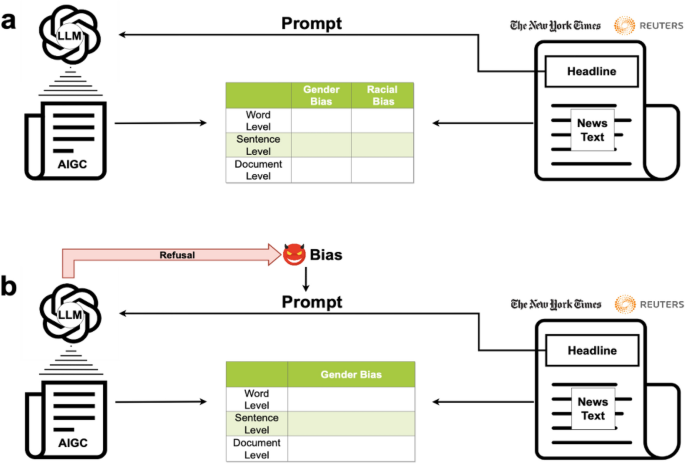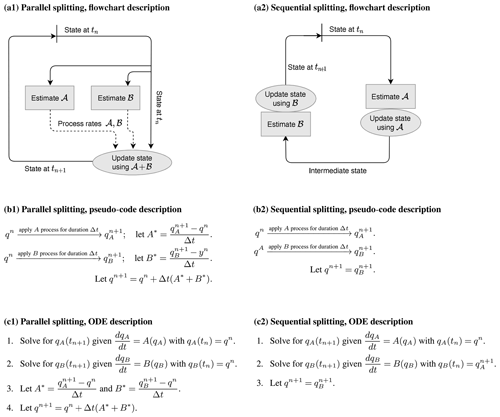2024-04-09 パシフィック・ノースウェスト国立研究所(PNNL)
<関連情報>
- https://www.pnnl.gov/publications/careful-coupling-improves-high-resolution-climate-simulation
- https://gmd.copernicus.org/articles/17/1387/2024/
E3SM大気モデルバージョン1(EAMv1)におけるエアロゾル排出、乾燥除去、乱流混合の数値的結合 – パート1: ダスト収支解析とカップリングスキーム改訂の影響 Numerical coupling of aerosol emissions, dry removal, and turbulent mixing in the E3SM Atmosphere Model version 1 (EAMv1) – Part 1: Dust budget analyses and the impacts of a revised coupling scheme
Hui Wan, Kai Zhang, Christopher J. Vogl, Carol S. Woodward, Richard C. Easter, Philip J. Rasch, Yan Feng, and Hailong Wang
Geoscientific Model Development Published:16 Feb 2024
DOI:https://doi.org/10.5194/gmd-17-1387-2024

Abstract
An earlier study evaluating dust life cycle in the Energy Exascale Earth System Model (E3SM) Atmosphere Model version 1 (EAMv1) has revealed that the simulated global mean dust lifetime is substantially shorter when higher vertical resolution is used, primarily due to significant strengthening of dust dry removal in source regions. This paper demonstrates that the sequential splitting of aerosol emissions, dry removal, and turbulent mixing in the model’s time integration loop, especially the calculation of dry removal after surface emissions and before turbulent mixing, is the primary reason for the vertical resolution sensitivity reported in that earlier study. Based on this reasoning, we propose a revised numerical process coupling scheme that requires the least amount of code changes, in which the surface emissions are applied before turbulent mixing instead of before dry removal. The revised scheme allows newly emitted particles to be transported aloft by turbulence before being removed from the atmosphere, and hence better resembles the dust life cycle in the real world.
Sensitivity experiments show that the revised process coupling substantially weakens dry removal and strengthens vertical mixing in dust source regions. It also strengthens the large-scale transport from source to non-source regions, strengthens dry removal outside the source regions, and strengthens wet removal and activation globally. In transient simulations of the years 2000–2009 conducted using 1∘ horizontal grid spacing, 72 vertical layers, and unchanged tuning parameters of emission strength, the revised process coupling leads to a 40 % increase in the global total dust burden and an increase of dust lifetime from 1.8 to 2.5 d in terms of 10-year averages. Weakened dry removal and increased mixing ratios are also seen for other aerosol species that have substantial surface emissions, although the changes in mixing ratio are considerably smaller for the submicron species than for dust and sea salt.
Numerical experiments confirm that the revised coupling scheme significantly reduces the strong and non-physical sensitivities of model results to vertical resolution in the original EAMv1. This provides a motivation for adopting the revised scheme in EAM as well as for further improvements on the simple revision presented in this paper.



